Older homes in Vancouver are often admired for their unique charm and character. However, they also come with a distinctive set of challenges, particularly regarding their electrical systems. As the demand for electrical energy has increased over the years, these homes are prone to various electrical issues that can compromise both safety and efficiency. Understanding and addressing these common electrical problems is crucial for maintaining a safe, energy-efficient, and compliant home. This comprehensive guide outlines typical electrical issues in older homes and offers practical solutions.
Aluminum Wiring and Electrical Charge Hazards
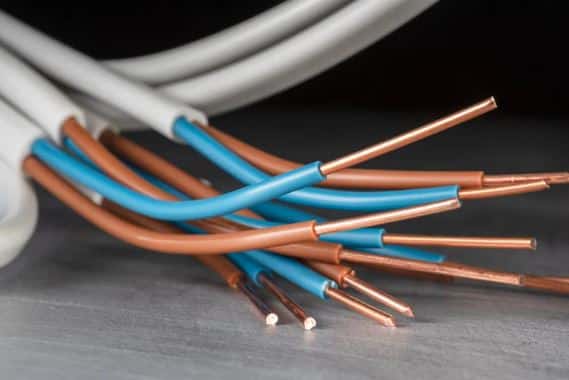
Many homes built between the 1960s and 1970s were equipped with aluminum wiring. While it was standard practice at the time, aluminum wiring has a higher propensity for oxidation compared to copper, leading to overheating and an increased risk of electrical fires. The nature of electric charge in aluminum makes it more susceptible to oxidation, rendering it a less reliable conductor over time.
Solution: Replacing aluminum wiring with copper wiring is the best approach to mitigate fire risks and ensure the electrical system can safely manage the flow of electricity. This upgrade typically costs between $8,000 and $15,000, depending on the size of the home. Engaging a licensed electrician ensures the work complies with modern electrical codes and safety standards.
Knob-and-Tube Wiring and Insufficient Electricity Flows
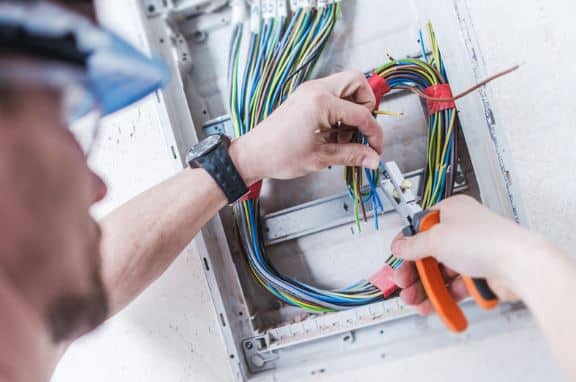
Knob-and-tube wiring, common in homes built before the 1950s, is another outdated electrical system that presents significant risks. This type of wiring lacks proper grounding and cannot support the modern electricity flows required by today’s electrical devices, increasing the risk of electrical fires and inefficiencies. Unlike modern systems that utilize kinetic energy in the generation of electricity, knob-and-tube wiring is not equipped to handle the dynamic energy demands of contemporary homes.
Solution: Replacing knob-and-tube wiring is essential for safety and compliance. The cost for this replacement typically ranges from $5,000 to $20,000, depending on the home’s size and the complexity of the electrical system. Only a professional electrician should handle this task to ensure the new wiring meets all current safety standards and effectively manages the electric current.
Overloaded Circuits and the Challenges of Electrical Energy Management

Older homes were not designed to accommodate the multitude of electrical devices we use today, often leading to overloaded circuits. When the electric current exceeds the capacity of the wiring, it can cause frequent breaker trips, disrupting the power supply and posing potential fire hazards. Historically, the growing demand for electricity has been met by fossil fuels, but there is now a significant shift towards renewable energy sources to address environmental challenges and promote sustainability.
Solution: Upgrading the electrical panel to a higher capacity, such as 200 amps, can resolve this issue and meet the growing demand for electricity. The cost for this upgrade typically ranges from $1,500 to $3,000. A professional electrician should assess your home’s electrical needs and ensure a safe, efficient installation that effectively manages increased electricity flow.
Old or Faulty Outlets and the Risks of Static Electricity
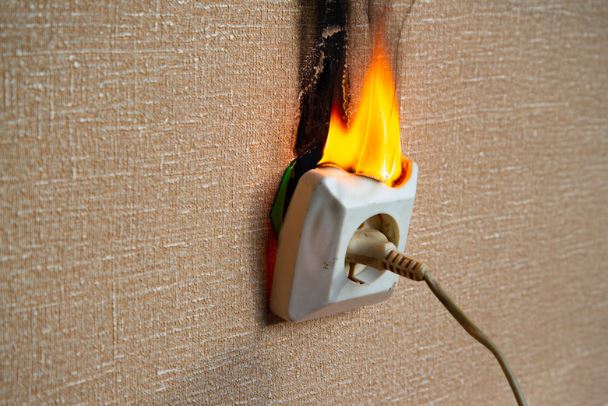
Two-Prong Outlets and Grounding Deficiencies
Many older homes still have two-prong outlets, which lack proper grounding and pose a significant shock risk. Grounding is crucial for safely managing electrical energy and ensuring any excess electric charge is directed away from users and devices, preventing shocks and fires.
Solution: Replacing two-prong outlets with grounded three-prong outlets is a necessary upgrade, typically costing between $100 and $300 per outlet. This work should be performed by a licensed electrician to ensure proper grounding and adherence to modern safety standards.
Worn-Out Outlets and Electrical Energy Loss
Outlets in older homes can wear out over time due to frequent use, leading to loose connections. Loose connections can generate heat, potentially causing electrical fires, and contribute to the inefficient use of electrical energy. Inefficient outlets can lead to significant electric energy loss, impacting overall energy efficiency in the home.
Solution: Replacing worn-out outlets typically costs between $150 and $250 for a set of outlets. This task should be performed by a professional electrician to ensure both safety and efficient electricity flow throughout the home.
Insufficient Lighting and Outdated Fixtures

Old Fixtures and Energy Efficiency Concerns
Older light fixtures may not support modern, energy-efficient light bulbs and can pose safety risks due to outdated wiring. Upgrading these fixtures is essential not only for safety but also for conserving electrical energy and reducing utility bills. Modern, energy-efficient light bulbs are designed to produce electricity more efficiently, reducing overall energy consumption.
Solution: Upgrading to new, energy-efficient lighting fixtures enhances both safety and efficiency. The cost for this upgrade typically ranges from $150 to $300 per fixture. A licensed electrician should perform the installation to ensure proper wiring and safety, contributing to the overall reduction in energy consumption.
Outdated Electrical Panels and the Growing Demand for Electric Power
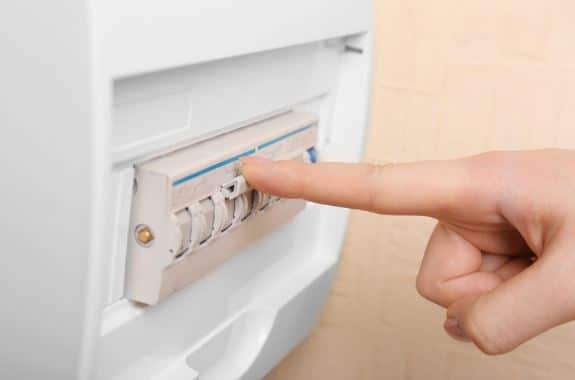
Many older homes still use fuse boxes instead of modern circuit breaker panels. Fuse boxes are less capable of handling modern electrical loads and pose higher safety risks. Modern circuit breaker panels are better equipped to manage the electricity generated and distributed in a home, ensuring safety, efficiency, and compliance with today’s electrical standards. They can handle electricity from various sources, including nuclear power plants, which contribute significantly to the energy mix in Canada.
Solution: Replacing a fuse box with a modern circuit breaker panel typically costs between $1,500 and $3,500. This upgrade should be performed by a professional electrician to ensure compliance with current safety standards and to handle the increased demand for electricity.
Quick Statistics on Electrical Services and Energy Costs
- Rewiring an entire home: $8,000 to $15,000
- Upgrading electrical panels: $1,500 to $3,500
- Replacing outlets: $100 to $300 per outlet
- Installing new light fixtures: $150 to $300 per fixture
- Costs of generating electricity: Vary significantly based on the source, such as hydroelectric, nuclear, natural gas, and coal, impacting overall energy costs across Canada
Professional electrical services are crucial for ensuring that any upgrades or repairs meet the standards set by electric utilities and comply with modern electrical codes.
When to Call a Professional Electrician
Recognizing the signs of electrical problems and knowing when to call a professional electrician can prevent minor issues from escalating into major hazards. The evolving structure of the electricity industry in Canada, including the increased involvement of independent power producers, emphasizes the importance of professional electrical services. Additionally, nuclear energy is regulated by the Canadian Nuclear Safety Commission, highlighting the need for professional oversight in maintaining safety standards. Here are some key scenarios where professional help is essential:
- Frequent Circuit Breaker Trips: This often indicates overloaded circuits or short circuits, requiring professional attention to prevent potential fire hazards and ensure safe electricity flows.
- Flickering Lights: Flickering lights can signify loose wiring connections, which can lead to electrical fires if not promptly addressed by an electrician.
- Burning Smell or Sparks: Any burning smell or visible sparks are clear indicators of serious electrical problems that require immediate professional intervention.
- Electrical Shocks: Experiencing electrical shocks from outlets or switches is a sign of faulty wiring or improper grounding. An electrician should be called immediately to investigate and resolve the issue.
Ensuring that your older home’s electrical system is up to date is not only a matter of safety but also enhances energy efficiency and compliance with modern standards. Always engage a licensed electrician for repairs and upgrades to guarantee that your home’s electrical system is both safe and reliable.
Key Takeaways
For homeowners in Vancouver, addressing electrical issues in older homes is crucial for safety and efficiency. Whether it’s replacing outdated wiring, upgrading electrical panels, or grounding outlets, professional electrical services are essential. Proactively seeking professional help protects your home and loved ones from risks associated with outdated electrical systems. Additionally, power plants play a crucial role in meeting electricity demand and ensuring a stable supply, which underscores the importance of maintaining a reliable electrical infrastructure.
Understanding Electricity
Electricity, the flow of electrons between two points due to a potential difference, powers our daily lives. It can be generated from renewable sources like solar and wind or non-renewable sources such as natural gas and coal.
Common Electrical Problems in Older Homes
- Outdated Wiring: Replacing old wiring with modern materials reduces fire risks and improves electrical flow. Modern electrical systems are designed to generate electricity more efficiently, further reducing fire risks and enhancing overall performance.
- Insufficient Electrical Panels: Upgrading to a higher-capacity panel prevents circuit breaker trips and potential fires.
- Ungrounded Outlets: Properly grounded outlets prevent electric shocks and protect devices.
- Lack of GFCI Outlets: Installing GFCI outlets in moisture-prone areas like kitchens and bathrooms enhances safety.
Benefits of Professional Electrical Services
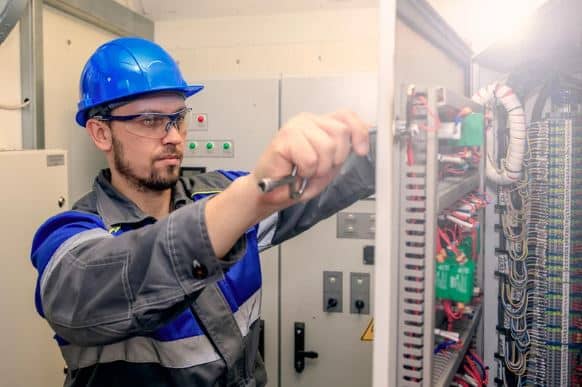
Certified electricians provide essential services, including:
- Electrical inspections to identify issues.
- Safe solutions for wiring upgrades and panel replacements.
- Installation of safety devices like GFCI outlets.
- Compliance with local electrical codes and regulations.
Upgrading your electrical system enhances home safety and contributes to a stable and efficient electricity grid. Modern systems reduce energy consumption, supporting sustainable energy management.
Recognizing When to Seek Help
- Frequent circuit breaker trips.
- Flickering lights.
- Buzzing sounds from outlets or switches.
- Presence of outdated wiring.
Maintaining a reliable electrical system in older homes is crucial for safety and comfort. Proactively addressing potential issues with professional help ensures a safe and efficient home environment, supporting broader goals of sustainable energy management and efficient electricity generation




